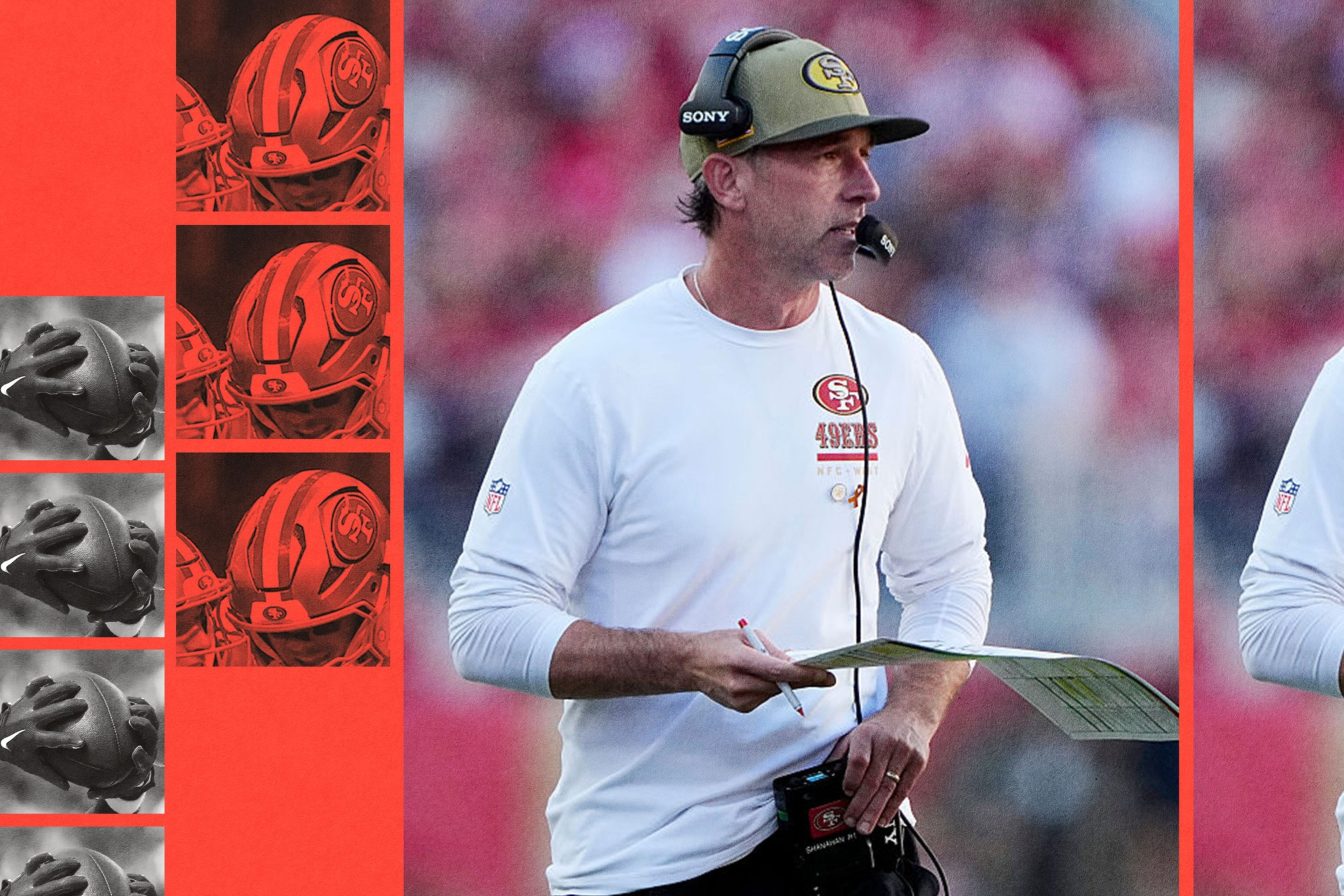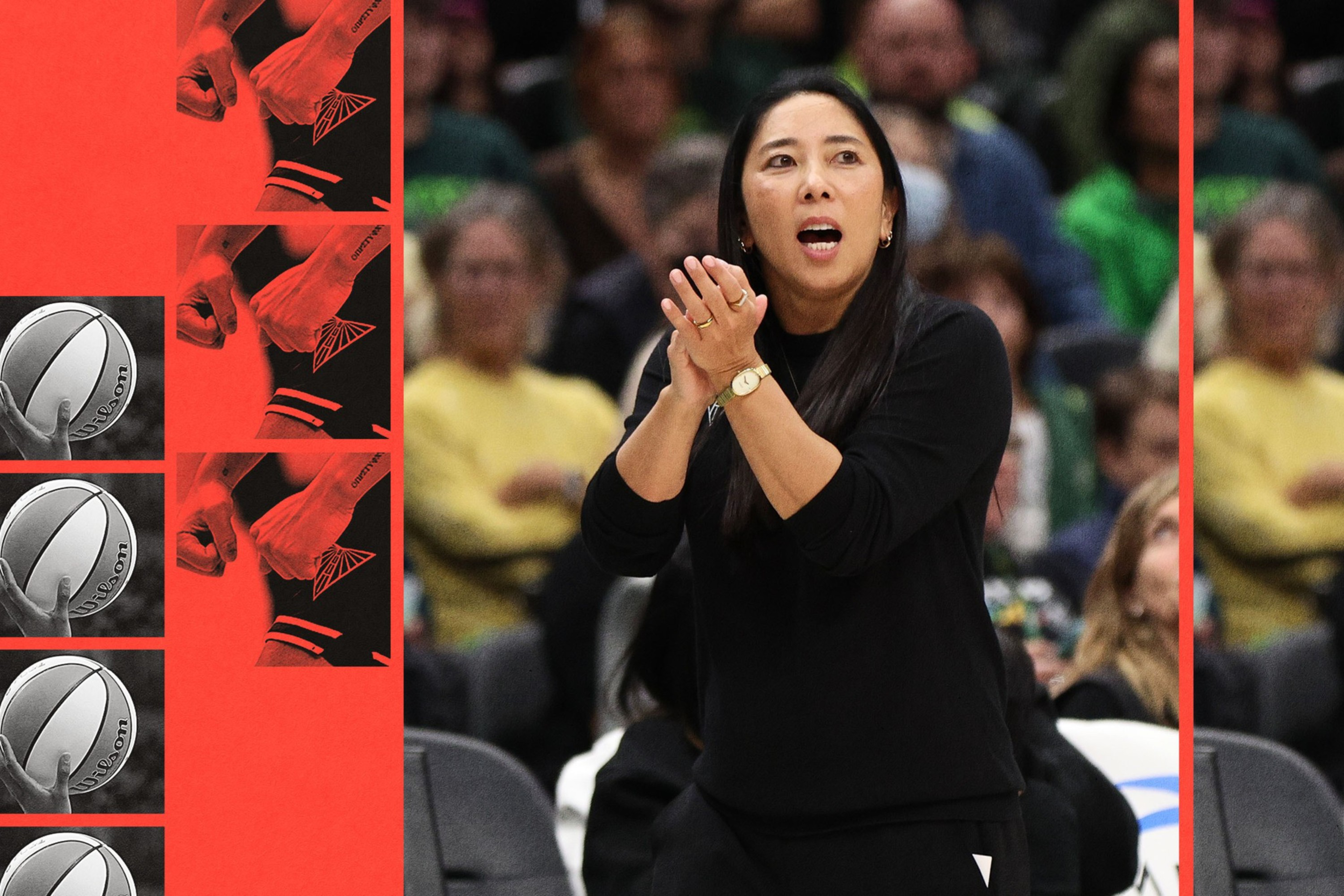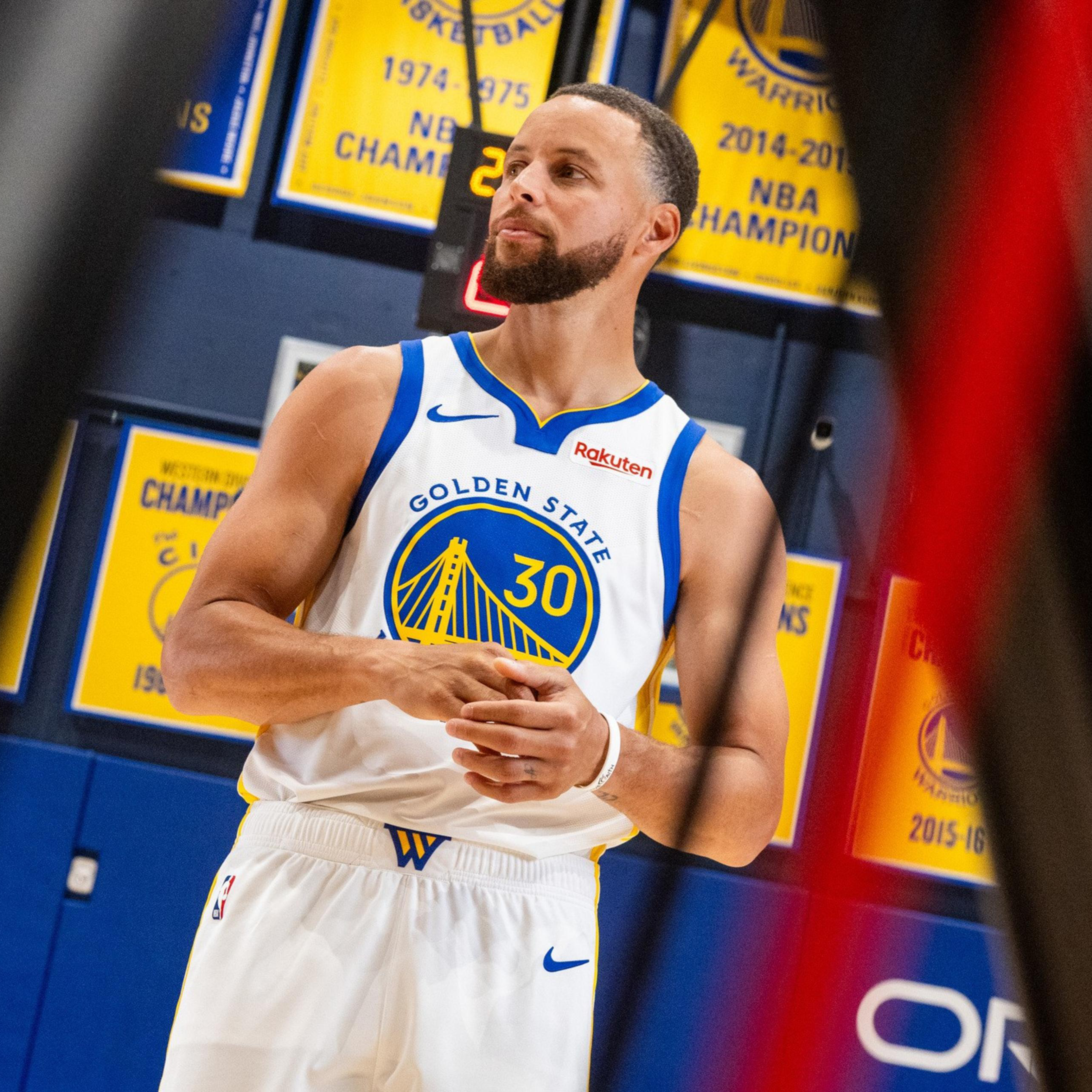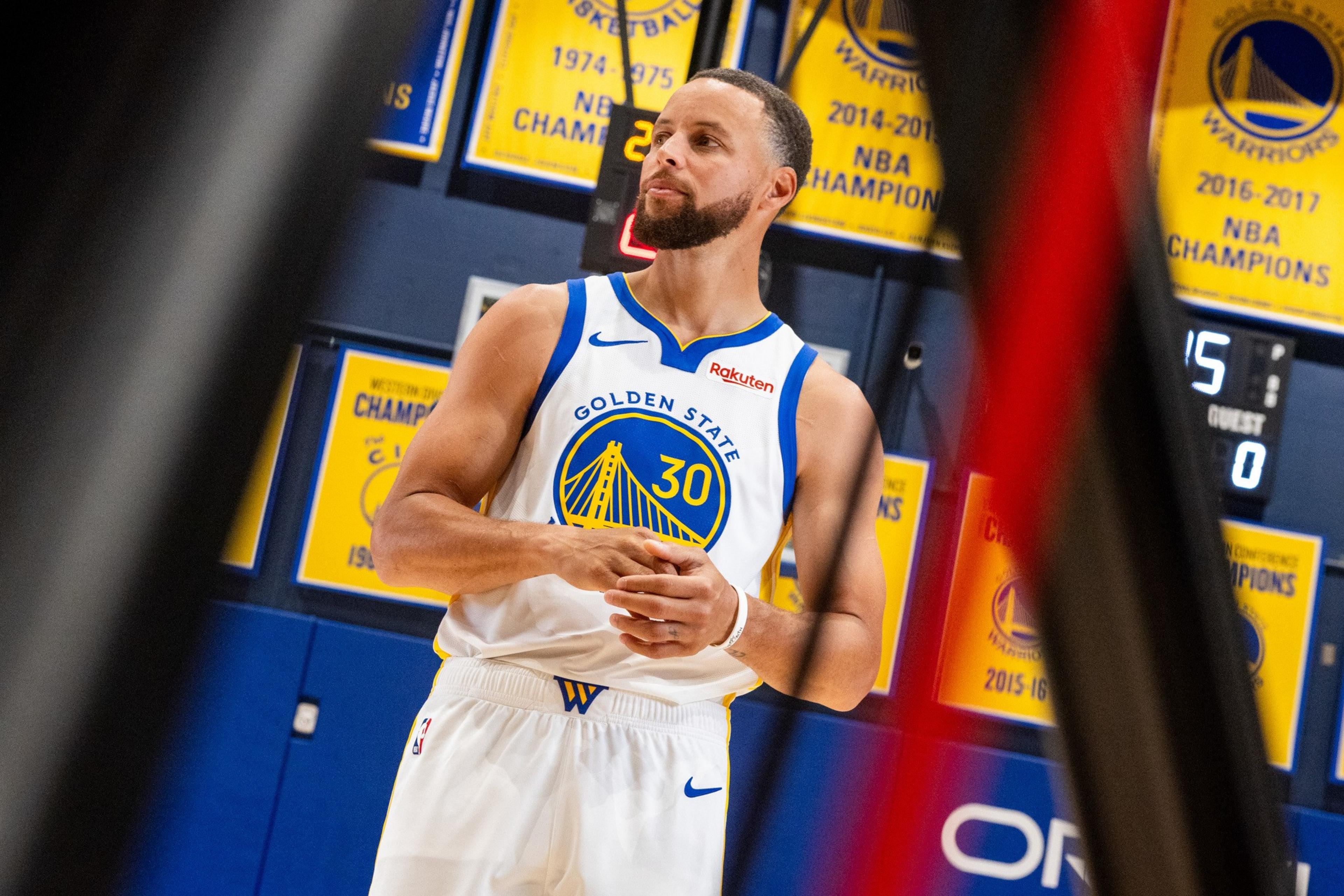Want more ways to catch up on the latest in Bay Area sports? Sign up for the Section 415 email newsletter here and subscribe to the Section 415 podcast wherever you listen.
How close was Steph Curry to returning to the court for last year’s Western Conference Semifinals?
“Fortunately, I was ready that Saturday,” Curry said, revealing the Warriors only needed to win one game for him to come back.
Unfortunately for the Warriors, Golden State lost all four matchups following Curry’s left hamstring injury and got sent home for the summer before he could be cleared. So they’re left with a “what-if” for last season, and they’ll never truly know how far they could’ve gone.
This year represents a fresh start. Curry is 100% healthy, and he’s flanked by championship-caliber players in Draymond Green and Jimmy Butler. The Warriors added veteran center Al Horford, who brings a completely new dynamic as a two-way, floor-spacing center. Their young players are a year older, their bench is deeper, and their identity is more ironclad after a full offseason with Butler.
Section 415: Brock Purdy, Mac Jones, and the 49ers’ path to the playoffs

Section 415: Making sense of the Warriors’ uneven start

Section 415: How Natalie Nakase turned the Valkyries into an immediate force

Here are three questions for the Warriors this year that will determine their fate.
How much longer can Steph Curry stick it to Father Time?
Curry has been an All-NBA player every healthy season since 2013, and the Warriors are banking on him continuing that streak. As always, Golden State will only go as far as Curry takes them.
There are scant reasons to believe that Curry, even at 37 years old, won’t be capable of putting the Warriors on his back.
Modern player tracking data allows you to take a look under the hood at a player and examine basic things like, “Is Steph Curry getting slower?” The answer is no.
Perhaps signs of slippage would show up more subtly. Maybe Curry’s first step is getting slower, which makes it harder to succeed in isolation situations or when he needs to make something out of nothing. Last year, his 42.6% effective field goal percentage on possessions he touched the ball for at least six seconds was a career-low (the tracking era started in 2013). But his free throw attempts per 36 minutes have held steady since the 2022 championship season, suggesting he can still beat his man off the dribble consistently enough to get to the line.
Maybe with age comes more injuries. Maybe slightly more fatigue. But Curry’s around-the-clock training and intentional offseason regimen has his body prepared for Year 17.
Curry remains a singular offensive engine, the strongest gravitational pull in league history. Even if he has lost a step or two. He looked like the best player in not one but two playoff series last year and led the league in 3-pointers per game. He’s still a top-10 player in the NBA, someone who opposing players and coaches fear the most with a game in the balance.
Father Time is undefeated, and it’s coming for Curry. But it’s not here yet.
How real was the Warriors’ post-Butler finishing kick?
After trading for Butler, the Warriors finished the season 23-8 — a 60-win pace. In that stretch, they posted the best defensive rating and the third-best net rating in the league (9.2).
How the Warriors surged into the postseason is the main reason why smart prognosticators such as ESPN’s Kevin Pelton project (opens in new tab) the Warriors to win well over 50 games.
It’s clear that stretch wasn’t a fluke. But that doesn’t mean it’ll hold for the duration of an entire season.
From February to May, the Warriors played with a playoff-level intensity on a nightly basis. That’s not realistic to expect over the course of an 82-game campaign. Butler, notably, tends to condition himself through a regular season, dialing up and down his offensive volume as needed.
The nature of Golden State’s roster will also require a certain pacing through the schedule. Horford and possibly the Warriors’ other veteran stars will sit out parts of back-to-backs, and injuries are inevitable.
And like any team, the Warriors will get bitten by the shooting variance bug from time to time, and there will be natural duds.
Still, the Warriors learned a lot from that 23-8 stretch, and it informs just how good they can be.
During last year’s finishing kick, the Warriors went from 27th in free throws attempted per game to third. That’s the Butler effect, and that’s real. Getting to the line calmed down a Warriors offense that can be turnover-prone and allowed the team to play more possessions with a set defense.
Butler also steadied bench units, a dynamic Golden State hasn’t had since Kevin Durant. In 422 minutes with Butler on the court and Curry off, the Warriors posted a 10.4 net rating.
With Butler, everything just clicked. As Steve Kerr likes to say, the puzzle made more sense. Moses Moody and Brandin Podziemski slotted into roles they could consistently excel in, the defense went from good to great, and the team went from harmless to scary.
This season is a chance for the Warriors to bottle up as much of that stretch as possible without exerting maximum effort.
Can any members of the Warriors’ young core make a leap?
Both Moody and Podziemski underwent offseason surgeries on injuries that hampered them in the playoffs. Jonathan Kuminga, meanwhile, resolved his tenuous contract situation following an elongated restricted free agency.
On paper, they’re each in positions to take a step forward.
Podziemski wants to be the next face of the franchise (opens in new tab). Before anything close to that happens, he’ll have to improve finishing in the paint and with his 3-point shot consistency. He’s already an elite connective tissue, someone who impacts the game by taking charges, making extra passes, pushing pace, and rebounding (he fits in every lineup and leads the team in plus-minus since entering the league).
Developing a more effective floater and adding two or three percentage ticks to his 3-point percentages are the clearest steps to a third-year leap for Podziemski, and it’s not like that’s wishcasting. Podziemski should be in for a big year, but development isn’t always linear.
Moody, meanwhile, is in line for the most consistent role of his career. He’s the team’s best option for big minutes at the point-of-attack. But he’s already banged up, with a calf injury that will likely sideline him to start the regular season. Moody’s jump shot, defensive instincts, and wingspan make him a plug-and-play fixture for Kerr. If he can become a disruptive on-ball defender, Moody will have a real case to start and close games.
Kuminga, meanwhile, is the Warriors’ X-factor. On nights where the team is at full strength, he might only play 15 minutes in a complementary role. Those nights Curry or Butler misses, though? He’s the guy. That’s a tricky dynamic for any player to balance, let alone a 23-year-old with legitimate aspirations of becoming a greater offensive force.
This preseason, Kuminga has flashed improved activity on the glass as well as some really impressive playmaking. But those skills have flashed in the past, too. The key for Kuminga is consistency, even if his minute total or particular role on a given night is inconsistent. What’s always asked of him is to sprint up the floor in transition, compete for rebounds, and defend hard. If he does all those things, everything — the minutes, the touches, the points, the money — will come.
The Warriors will need all three of those players, plus Quinten Post and maybe even rookie Will Richard, to prop up the team on nights their tricenarians are unavailable. Golden State might only get 65 or so games from Butler, Curry, Green, and Horford. There could be at least 20 games in which Kuminga is the go-to scoring option, Podziemski is the offensive initiator, and Moody is a two-way, 35-minute guy.
Whether or not they’re up to the task in such situations could decide whether the Warriors are a 50-win team or vying for a play-in berth.

